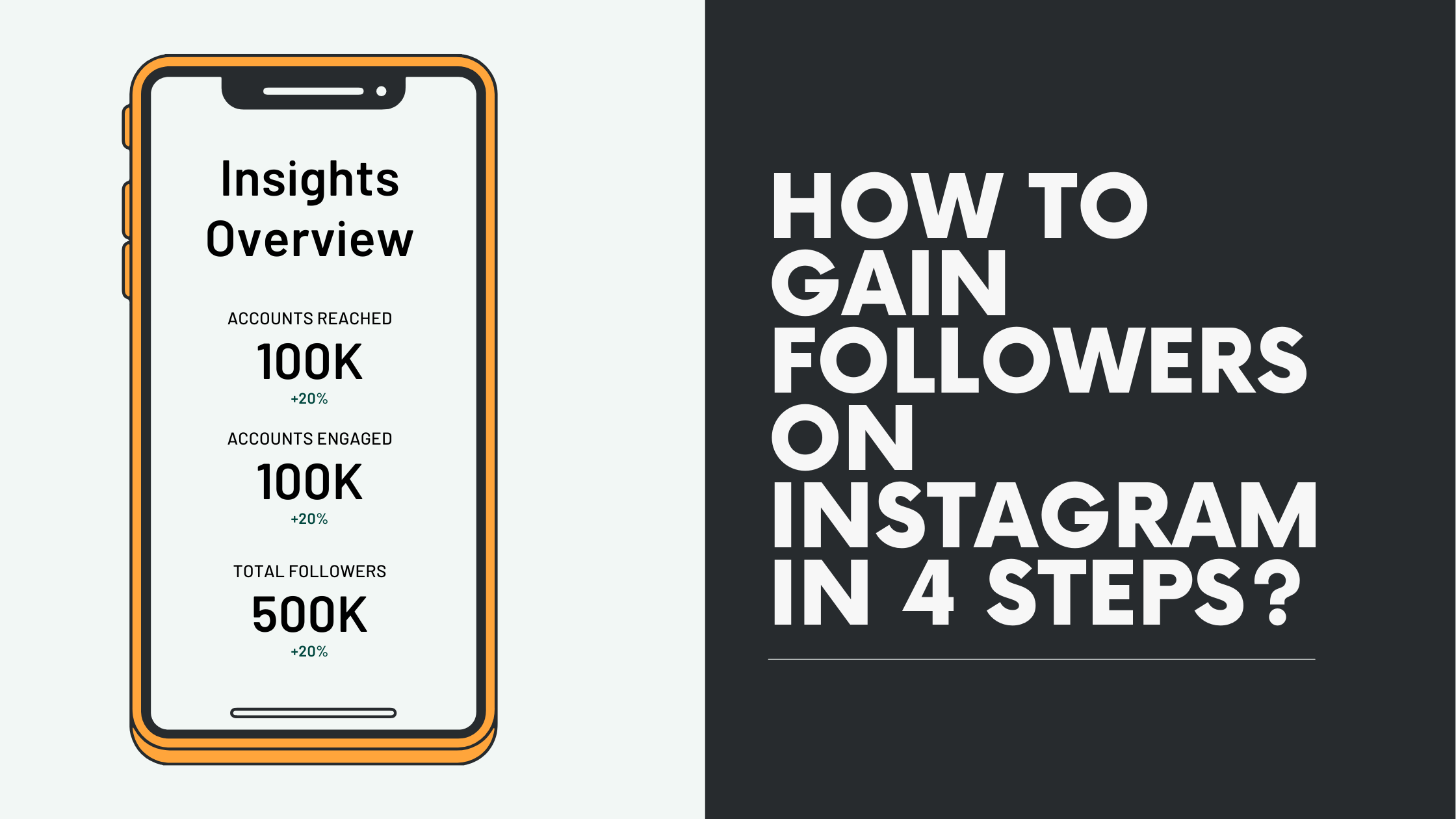When a website takes too long to load, it isn’t very pleasant. You click on a link, and a slow-loading page with a spinning wheel greets you. You lose patience waiting for the page to load and close the tab. Unfortunately, this is a typical occurrence that can significantly negatively affect your website’s conversion rates. According to research, a delay of merely a few seconds can prompt users to click away from your site. That’s why analyzing your landing page’s load time is important as figuring out how to make it faster.
Here, we’ll discuss the significance of page load time, its impact on your landing page’s performance, and the steps you can take to improve these metrics. This data is crucial for anyone creating, managing, or promoting a website to keep it quick, responsive, and user-friendly. Let’s dive in right now! Hire the Best UI Design Services for your next project.
What is load time, and why is it important?
The time it takes for a website or a single web page to load as its whole and become interactive for the user is called load time. A website’s conversion rate is a good indicator of how well this measure is working. Picture yourself on a website that takes an eternity to load. You’ll feel annoyed and bored quickly, leading you to abandon the current page in favor of another. However, when a website is quick to load, visitors have a better time browsing the site and are more likely to return in the future.
Businesses and website owners must prioritize load speed because it directly affects revenue. A website that takes too long to load might lose visitors, fall in search engine ranks, and damage public opinion of the company. However, a website that loads quickly can boost user engagement, conversion rates, and search engine optimization.
How page load times affect customer satisfaction
The loading time of a page has a significant impact on the user’s overall satisfaction. Users have come to anticipate instantaneous page loads and will quickly go on to another site if yours takes too long. This can hurt your website’s conversion rate because of the high bounce rate, poor engagement, etc.
The user’s impression of your brand may suffer if pages take too long to load. Users may assume it is amateurish or dependable if your website takes too long to load.
1. How Users Feel
How quickly a website or app loads can significantly affect how the user experiences it. Users will have a more positive impression of a website or app if it loads quickly. However, if it takes too long for a website or app to load, consumers may think it is slow and unresponsive. This can have a chilling effect on their entire time there. According to Hogan(2014), the ideal load time is 2 seconds. She says that if users have been on your site for longer than three seconds, they are likely to depart. The user’s experience will be negatively impacted, and as a result, they may lose interest in using your product again.
- Improving Download Times
Designers can enhance the user experience in several ways by reducing the time pages load. Minimizing the file size of photos and other components on the website or app is a crucial step. Images can be optimized and compressed to achieve this goal. Web-based picture compression tools are one easy and free method for doing this (Kardys, 2013).
- How to Make a Website Load Faster
Both technical and non-technical measures can help increase website load times. Here are some things you can do to make your website’s pages load faster:
- Reduce the file size of your photographs because they are a major cause of page load delays. To minimize file sizes without losing quality, use picture optimization software.
- Reduce the number of HTTP queries your site makes to load its components. This includes all pictures, scripts, and stylesheets. Your website’s loading speeds can be improved by reducing the number of HTTP requests it makes.
- Use a content delivery network (CDN) to speed up page loads by spreading your website’s data across numerous servers in different parts of the world.
- Use caching: With caching enabled, visitors’ devices will save a duplicate of your site’s content, lowering load times on subsequent visits.
- Reduce the number of plugins you use and keep them up-to-date to speed up your website’s loading times.
- Choose a reliable web host; it affects how quickly visitors can access your site. Select a web server with high uptime and a fast connection speed.
Instruments for monitoring and adjusting load times
- Measuring and optimizing load time is the key to a quick and responsive website. Several resources are at your disposal to assist you in this endeavor.
- Tools for analyzing and measuring website performance are available, including GTmetrix, Pingdom, and Google PageSpeed Insights. These programs generate a report that details the major contributors to load time and suggests ways to improve performance.
- Google Analytics and other analytics tools show how users interact with your site and how long pages load. You may pinpoint the slowest-loading sites using this information and focus your optimization efforts there.
- Website load times and other metrics may be tracked in real-time with the help of performance monitoring tools like New Relic and Datadog. You can use this information to pinpoint performance issues and implement fixes.
- To decrease the amount of data the user’s device needs to download and increase load speed, caching plugins like W3 Total Cache and WP Super Cache can save frequently used content locally.
- Sites like Kraken.io and TinyPNG help you optimize and compress images, making them faster to load. Using these instruments, you can track how long it takes for your website to load, spot trouble spots, and fix them for optimal performance. This can enhance the user experience by making the website quicker and more responsive.
Conclusion
Finally, it’s important to note that loading time is integral to user experience design. Users have learned to demand instantaneous and faultless interactions with digital platforms, making it crucial for designers to consider load time. Designers can optimize loading speed to improve UX by doing things like decreasing the file size of images and other elements on the website or application, using browser caching, employing a content delivery network, keeping tabs on performance with monitoring tools, employing lazy loading, and saving files in the appropriate format.
To boost engagement and pleasure, designers should take an effort to adjust the loading speed to provide users with a positive and satisfying experience. Ultimately, a digital experience’s success can hinge on how quickly it loads. Therefore, it’s important to design and optimize loading times. Hire UI/UX Designers in India for the growth of your business.
















